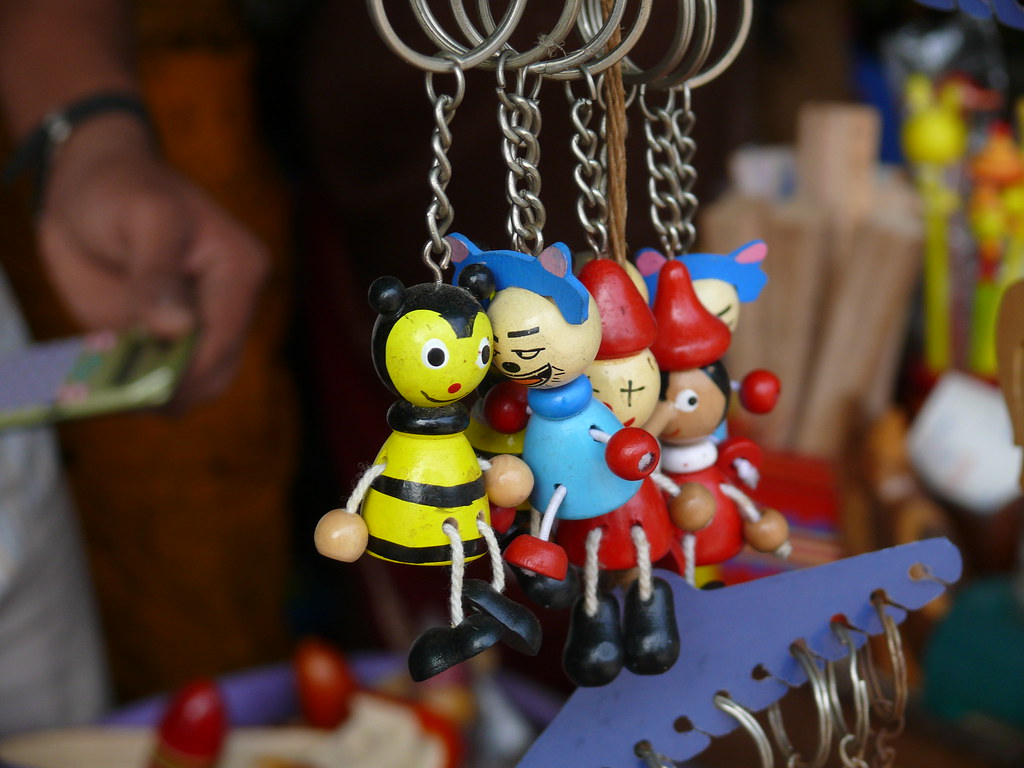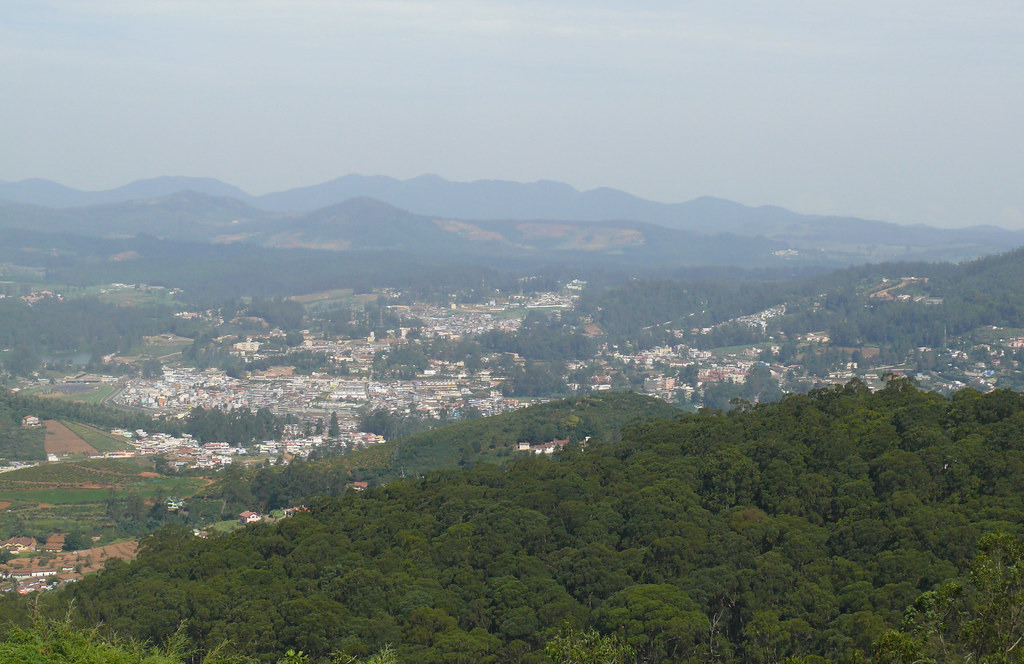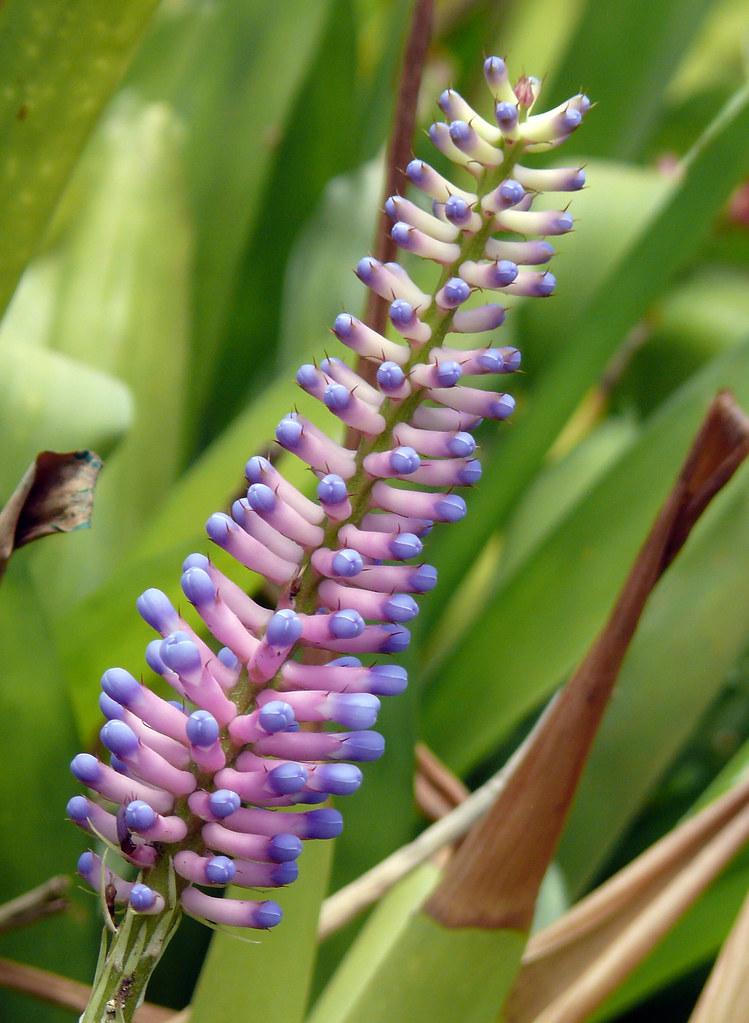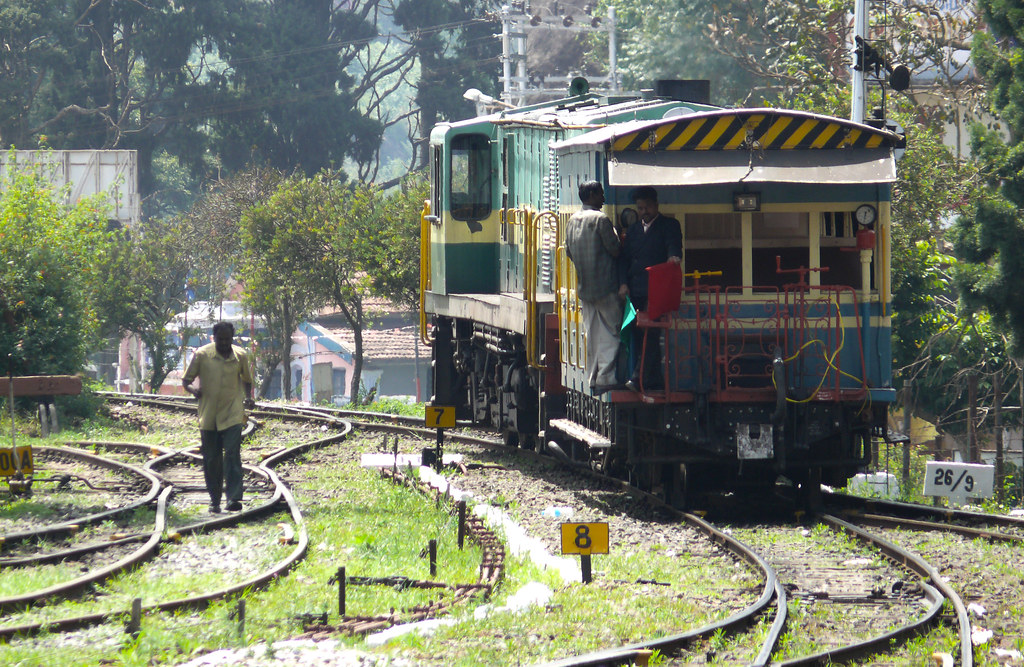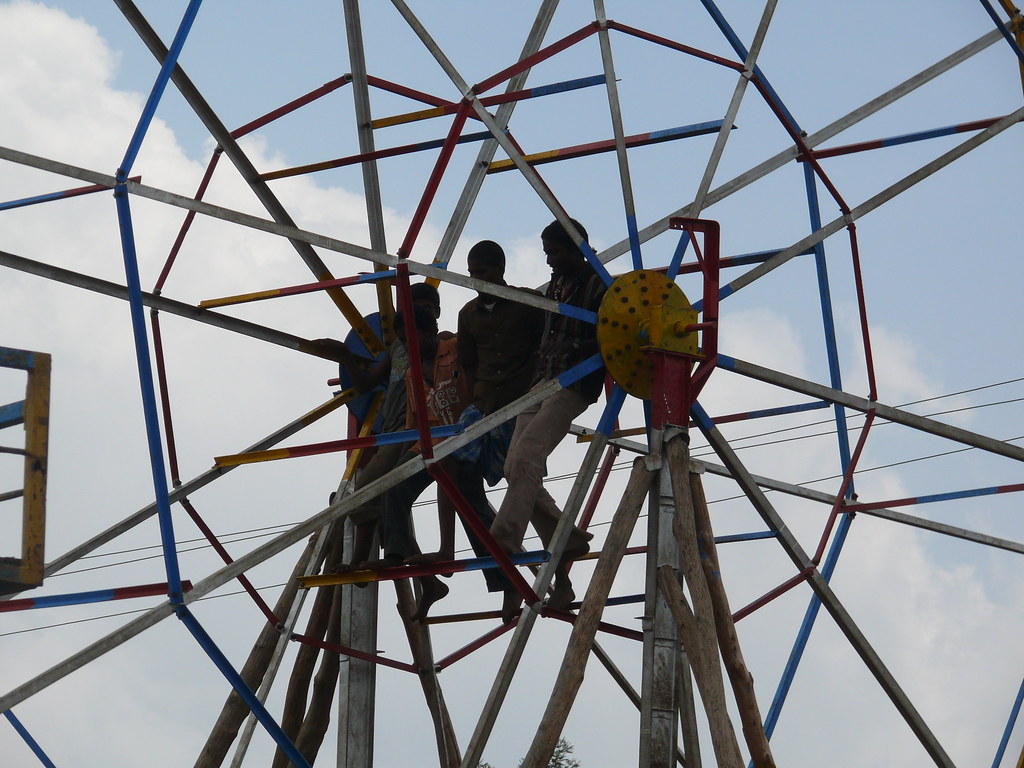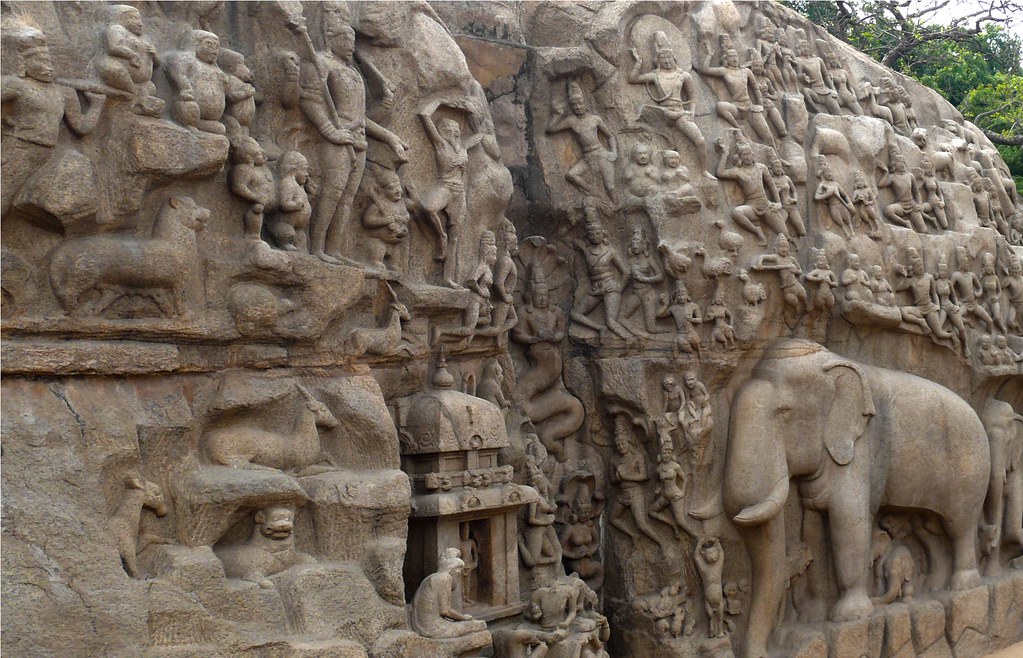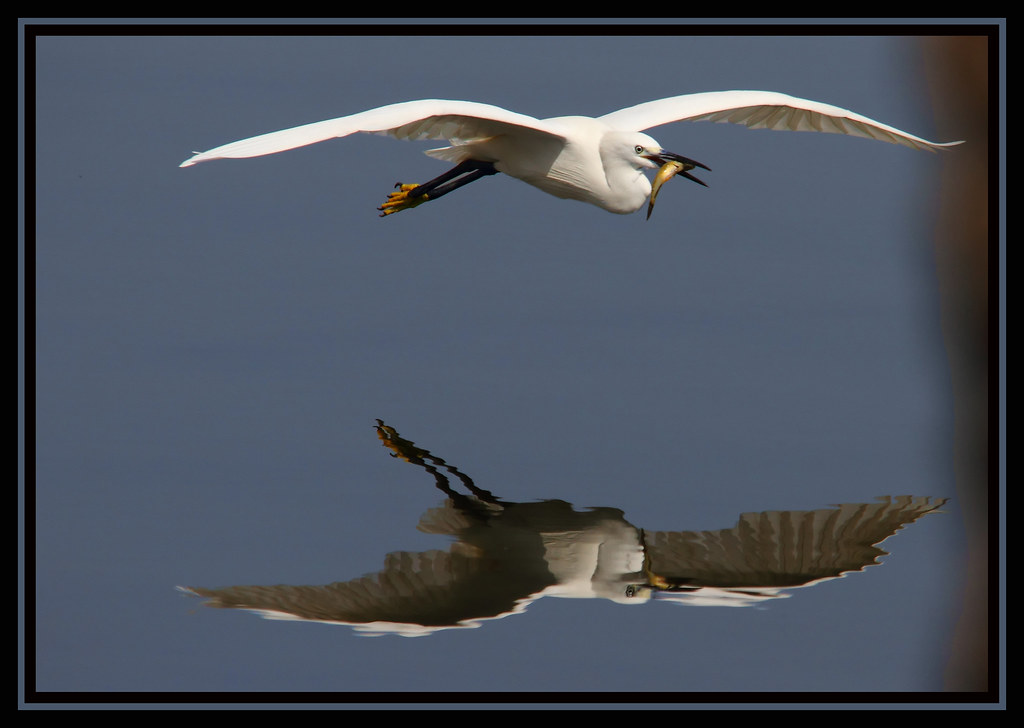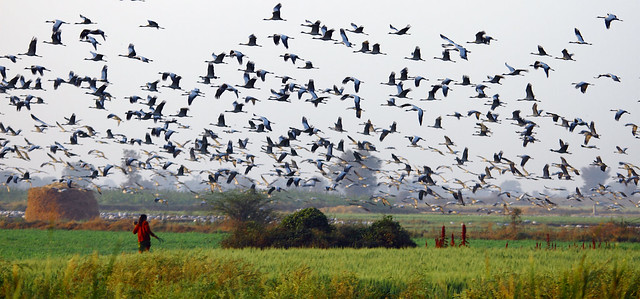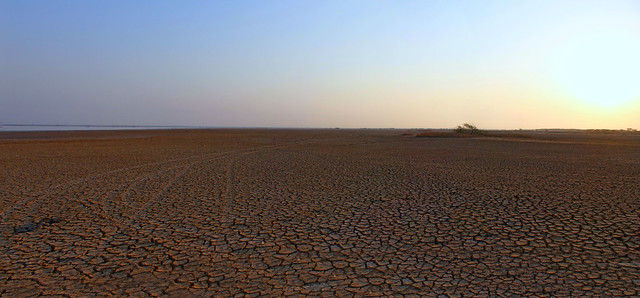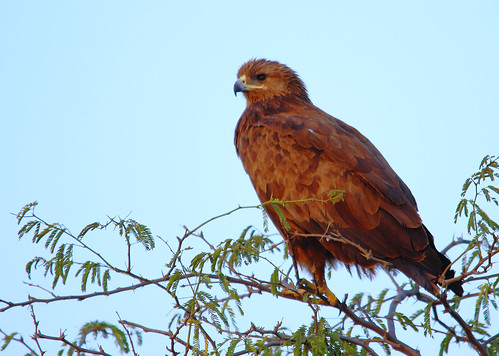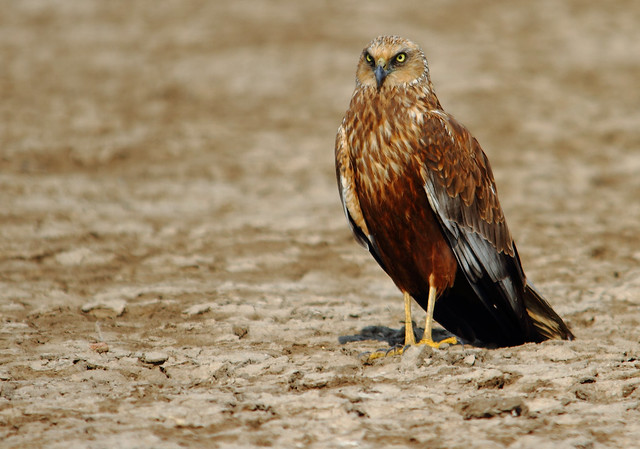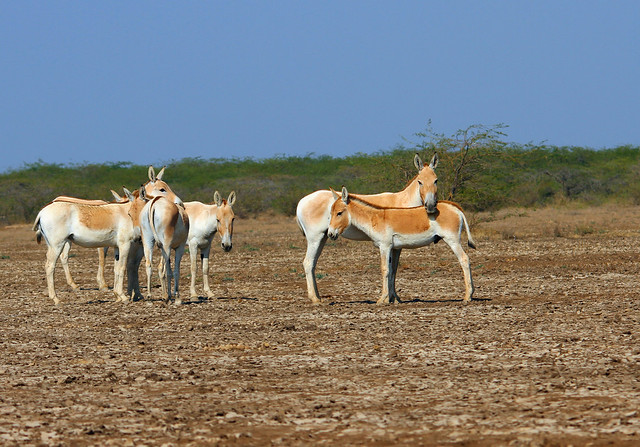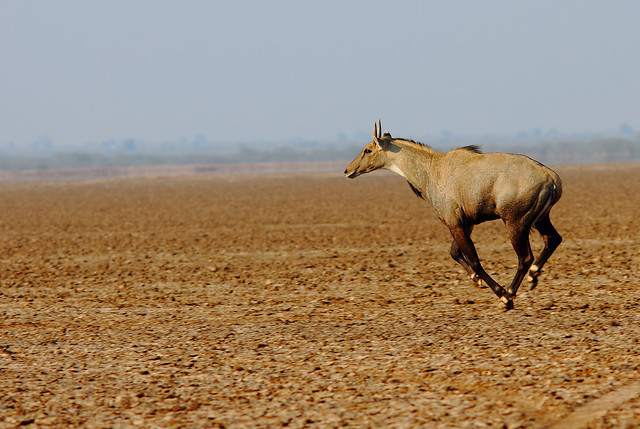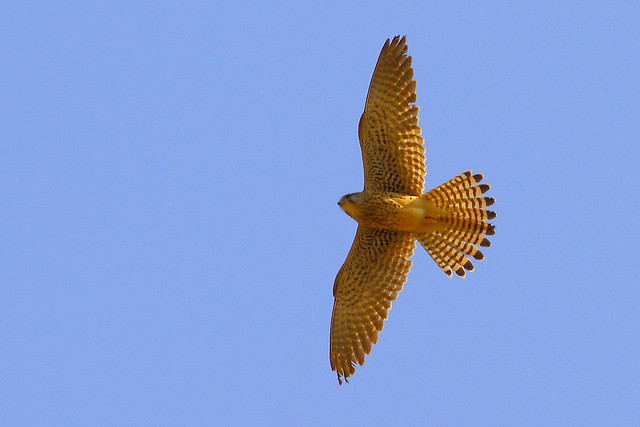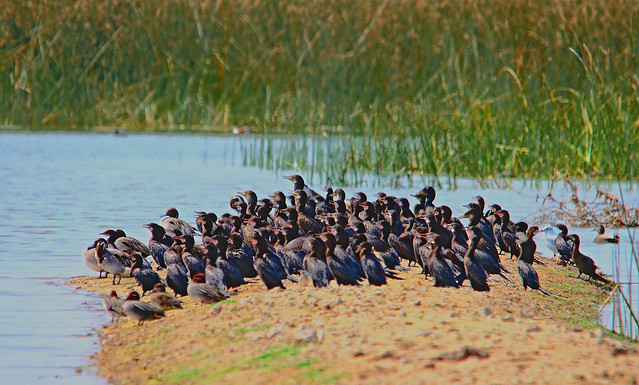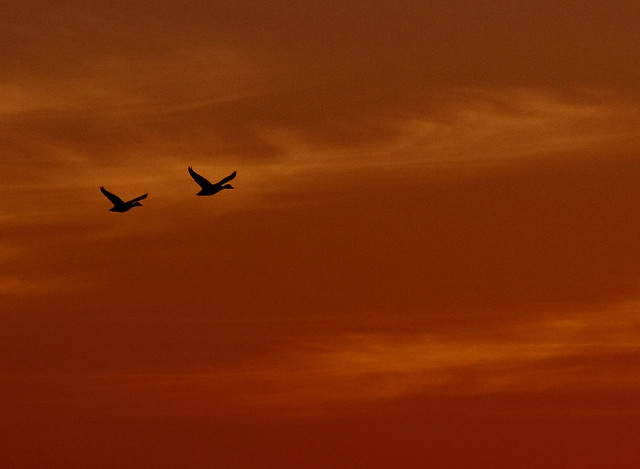This was an idea which was not encouraged by many!
Vacation in South in summer? Bangalore to Ooty to Pondicherry?? By Road??? In MAY???? Had Bertie asked for one word for the entire idea, Jeeves would have obloged him with the term - Preposterous.
Those who love us, generously termed it an adventurous plan, raising an eyebrow like Jeeves….while other, thought of it as an asinine one, but out of politeness and finding me stubborn actually did not use the word.
To be honest, I had my doubts too. Travelling in May anywhere in India generally is quite an arduous task. Travelling in south India, largely Tamilnadu, in what is called the month of Agninakshatram, can be worse. That’s why I was quite content with going to Bangalore & Ooty. But, soon at the request (~ nay, command) of the Missus, it first became Ooty - Pondicherry & then Ooty – Yercaud – Pondicherry.
And that’s how it all began, when an early morning in May, we embarked from Bangalore on a road journey of about 1500 kms, which in next few days was to take us right upto Chennai, through a route on which we were to cross over dense reserved forests, pass through the ever-twisting roads of Nilgiri mountains – well matched by the tongue-twisting names of most of the places on the entire route, steep climbs of Sheveroy Hills and plains of Tamilnadu graced with the presence of Indian rollers before seeing the sun rising from beyond the Bay of Bengal at the eastern coast of India. But all that was yet to be experienced.
A journey through road always has an advantage – it allows the detours & stoppages as one would desire. Our journey too, while keeping to the originally planned destinations, had its own unplanned & sudden stoppages & detours, the first one being to admire the wooden toys that are churned out in numbers at Chennapatna – a town on Bangalore – Mysore highway, also called the toy-town of Karnataka. Originated as an industry in the times of Tipu Sultan, the wooden toys of this town are made from variety of woods. What makes these toys different is the superb colours, provided through vegetable dyes, and fine glossy finish brought to it with lacquer.
Another detour meanwhile was on our way. As we reached closer to Srirangapatnam, we noticed a small road turning towards Somnathpur, that houses a 13th century Hoysala temple dedicated to Kesava or Krishna. Having visited it a few years earlier, we had fallen in love with the Krishna idol inside the temple and this was just the perfect opportunity, which we would not have missed. The road to the temple, bumpy in patches, passes through the paddy fields & sugarcane fields, with more than occasional Gulmohurs in full bloom providing the shade as well as adding that perfect red hue.
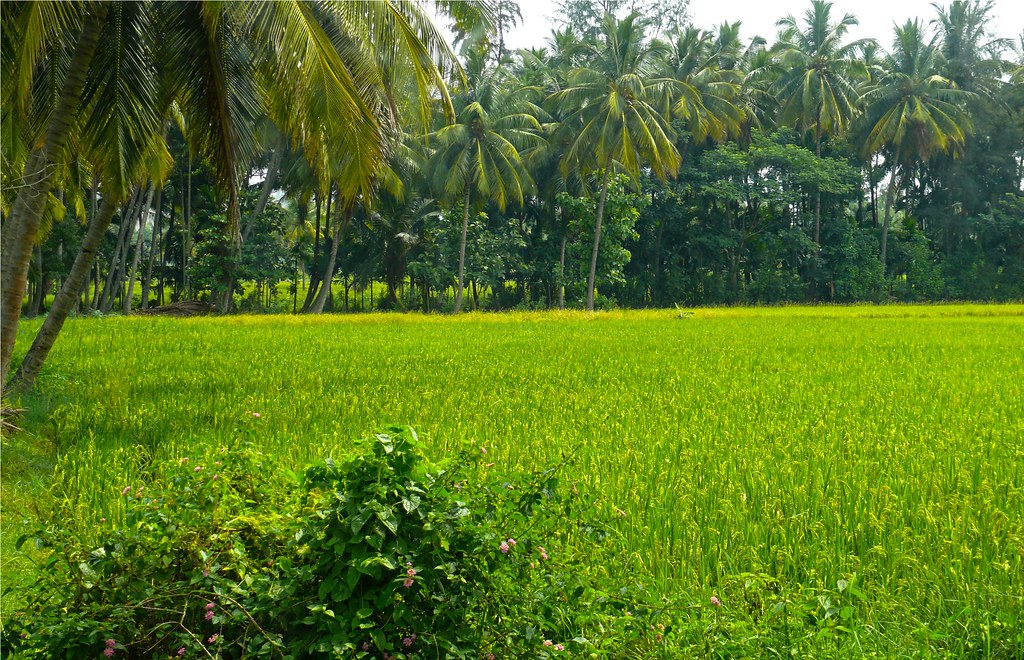
The temple itself, despite being almost 750 years old, is still in quite a good condition. Another thing which immediately differentiates it – and may be most of the other heritage temple structures like Mahabalipuram – from more popular temples, is sprawling open areas and absence of religious fervour amongst the visitors. As a result, one can actually be in commune with the god unlike the more popular temples, one of which we visited later at Thiruvanaimalam - characterized by an ever present ongoing tussle between the devotees – each one of them wanting to spend more time with the deity and pujaris with their attitude bordering on arrogance ensuring the denial of this desire.
Leaving Somnathpur behind, we were on our way to Ooty. The approach to Ooty, as one enters the forests of Bandipur followed by Mudu-malai, and start climbing the Nilgiris, fills up one with lots of expectations and all senses are at alert The freshness in the air, a drop in the temperature, dense green colour in variety of shades all around, Gulmohur trees in full bloom slowly giving way to the tall Eucalyptus trees as road climbs up, clouds, sun and the trees creating their own shadow-play, occasional sightings of mammals like elephants, gaurs and monkeys, all looked like good omen for our stay at Ooty – till we reached Ooty. One look at the landscape of concrete jungle and all pervading noise and we wanted to escape from the reign of this queen of hill stations.
We still managed to stay in Ooty for next 4 days was largely due to the excellent location of Derby Green Resort – which despite being in the heart of the city, due to its elevated location overlooking the sprawling racecourse, allows one to still find some solitude and breathe freely in this otherwise crowded city.
Added to that were some sudden surprises as well as delightful moments –finding a not so visited trail around the lake towards the south-end, experiencing a variety of flowers in all kind of colours at surprisingly crowd-less Arboretum, checking out the tea factory on the way to Dodda Betta Peak, being explained the difference between Dosai & Roast at one of the restaurants, strolling amidst Botanical Garden peeping at unheard of and unseen flowers, watching a large flock of Oriental White-eyes near Lamb’s Rock at Coonoor, taking a drive into Wellington, experiencing, though apprehensively, our first ever moment of a train maneuvering itself in reverse gear as our heritage toy train reached Coonoor station.
The moments were many which kept us hooked on till, we were again on the road, this time travelling towards Yercaud via Mettupalayam & Salem.
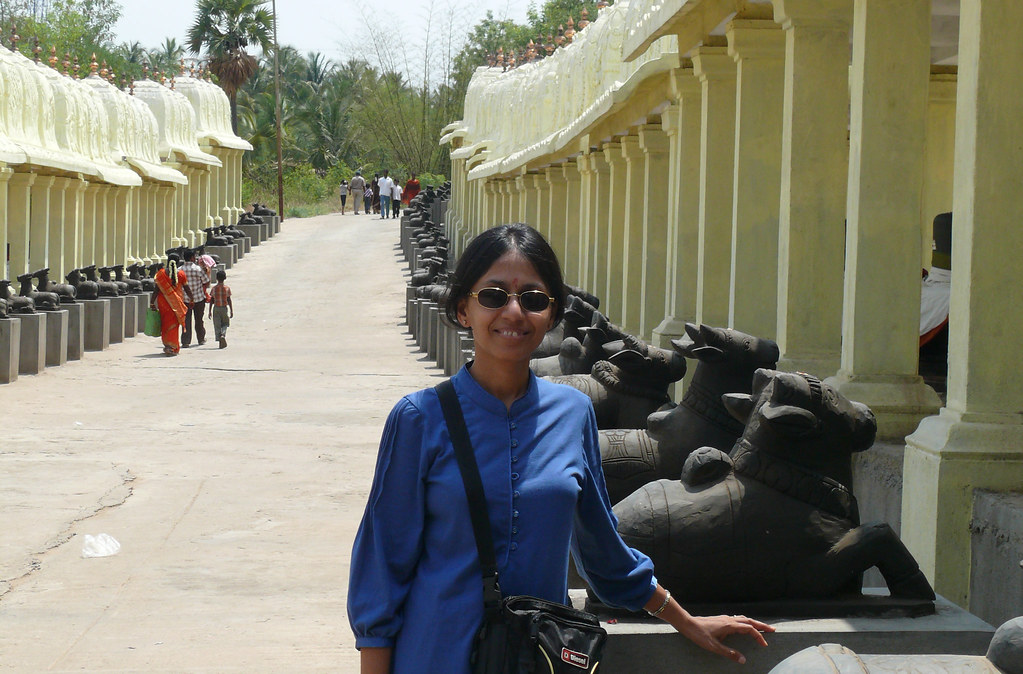

Yercaud – meaning lake (yeri) and forest (kaadu), at Shevaroy hills near Salem is at a height of about 4500 ft. The road from Salem rises suddenly in last few kilometers to reach this height and hence has a number of hair-pin bends that makes the climb interesting as well as challenging. Yercaud itself – more of a sleepy town, as compared to the hustle-bustle at Ooty, was a welcome change.
For a Mumbaikar, Yercaud is Panchghani, Mahabaleshwar & Matheran, all rolled into one – steep climbs, a lake centric town and a table-top that gets busy over the weekend. However, what make it different are the dense forests and the coffee and spice plantations all around that can be explored through treks for birding.
Even our stay at Hotel Lake Forest, developed out of an old estate and situate amidst spice & coffee plantation, was truly soul-refreshing. Dense green all around, small bungalows like of structure for boarding, and lots of avifauna including robins, barbets, bulbuls, flycatchers, minivets, swallows and woodpeckers to keep you company. The only thing that could have made us move from there was our already planned itinerary and we again hit the road on our way to Pondicherry.
This time, the road journey, was more interesting, as rather than catching up the national highway through Salem, we climbed down through the forests towards Uthangarai, where we had one of the best dosa/roast breakfasts, and then moved towards Pondi through a country-side that was full of Indian rollers & kingfisher. Finding rollers perched on wires and trees almost every few hundred metres was too much of a temptation and ultimately we got down to chasing one of them with our camera, till we captured one of the few good shots of the bird. We were not lucky enough though in Thiruvanamalai, a temple town with towering Gopurams, where our surreptitious attempts to take pictures of deities failed miserably.
Another interesting sight on the way to Pondi, which we dared not visit due to scorching heat of the mid noon, was the forts of Gingee –one of the most impregnable citadels of south India. The forts has had an interesting history of rulers ranging from Cholas to Bijapur Sultan to Marathas under Shivaji followed by Moghuls, French, Hyder Ali & finally British. Since the forts would have required a good climb in the scorching Sun we decided to leave it for a winter trip and moved towards Pondi – our last boarding halt of the trip. Our wishlist included a visit to the Aurobindo Ashram, Auroville, capturing the sunrise from the eastern coast of the country, and experiencing the French flavour of the town.
However, the French flavour is long evaporated . Except a very small area around the Aurobindo Ashram resembling a French town, India has reached almost to the Ashram gates leaving nothing that distinguishes the remaining part of the town from any other noisy and crowded towns of the country.
However, the French flavour is long evaporated . Except a very small area around the Aurobindo Ashram resembling a French town, India has reached almost to the Ashram gates leaving nothing that distinguishes the remaining part of the town from any other noisy and crowded towns of the country.
The experience at the Ashram and Auroville was however, serene & peaceful.
The sunrise that we saw from the beach both the mornings were different and beautiful. The early morning mist over the Bay of Bengal, roaring waves of the high tide, the clouds playing a cameo, the fishing boats out in the sea like early birds, all provided a lovely character to the mornings.
And then came the finishing touches to the entire trip.
First, a last moment change of plan due to our yayawari attitude made us decide to take the Eastern Coast Road, one of the best highways that I have travelled on, so that we could visit Mahabalipuram shore temples - a heritage site with mind-blowing carvings of various deities that have survived the centuries of history and ravaging of weather, including even a tsunami.


And finally, as our flight took to the sky towards Mumbai and broke through the dense cloud cover with sun about to say goodbye to the evening, the colours that lit across were similar to our experience in this trip –dark and bland on the surface till we broke through the routine and found ourselves enjoying the unexplored colours of the country. And yes, travelling in the hot summer in south India actually turned out to be quite a good idea.
As a Greek poet had written –
the road was long but full of adventure, the summer mornings were many that allowed us so much pleasure & joy to enter the ports seen for the first time.
